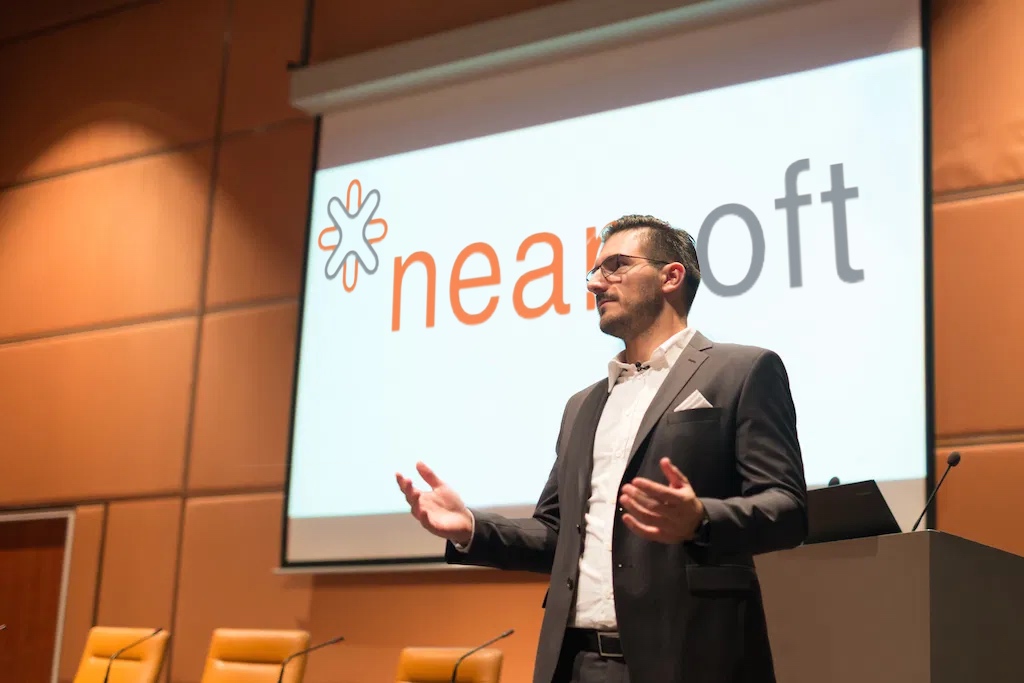
How corporate cultures differ around the world
In late 2017, Harvard Business Review launched an online quiz for its readers to explore the cultural sensitivities of their organizations. Between December 2017 and May 2019, they received more than 1,800 responses from around the world.

HBR examined eight different cultural styles that reflect how people respond to change (flexibility vs. stability) and how people interact (independence vs. interdependence).Several patterns emerged in the full response sample: caring and results were the most prominent cultural attributes in respondents’ organizations, reflecting an orientation toward collaboration and achievement in the workplace. Meanwhile, authority and pleasure were the lowest overall, indicating that determination and immediacy were lower priorities.

Differences by region
Cultures can exist at different levels. Within organizations, cultural differences can be found by functional area or even by work group. More broadly, patterns of behavioral norms and values may also exist at the national or regional level. The aforementioned study showed that culture changes systematically across countries.
In the HBR survey, 43% of responses came from readers outside of North America. In this global sample, some patterns were remarkably consistent across regions: on average, caring was highly rated across regions, and authority was among the least prominent cultural attributes. However, when we investigated whether certain cultural styles were more strongly represented in specific regions, some interesting differences emerged.
How people responded to change. First, HBR examined how people respond to change (specifically, the tendency of organizations to be stable versus flexible). HBR found that organizations in Africa showed considerable flexibility. Many organizations in this region were characterized by high levels of learning and commitment, indicating an openness to change through innovation, flexibility, and appreciation for diversity. In contrast, many firms in Eastern Europe and the Middle East were characterized by a high degree of stability. An emphasis on security prevailed in these regions, indicating a priority for readiness and business continuity. In the Middle East in particular, we found many firms whose credibility was highly valued.
How people interact. Second, HBR analyzed how people interact with each other. In other words, it examined whether people tend to be independent or interdependent. Firms in Western Europe, North America, and South America tended to have a high degree of independence. However, this tendency manifested itself in different ways. Companies in Western Europe and North America showed a particularly strong emphasis on results, goal orientation, and achievement. Compared to other regions, pleasure was highly valued in South America, reflecting a penchant for fun, excitement, and a carefree work environment. On the other hand, firms in Asia, Australia, and New Zealand were more likely to be interdependent and coordinated. These regions had the most workplaces with an emphasis on caring, a sense of security, and planning. Particularly in Asia, many firms were found that emphasized order through a culture of cooperation, respect, and adherence to rules.

What does this mean for employees?
The external environment may shape the culture of the organizations in which we work, but we all have our own individual work styles. It is useful to analyze how our own work styles reflect or differ from regional culture patterns, especially when considering how our behaviors and actions will be perceived by others. For example, an initiative to update standard operating procedures to implement a new software package may be welcomed in a region that values learning and flexibility, but may be met with disappointment in a region that emphasizes order and consistency.
In addition, with the increasing prevalence of telecommuting, freelancing, and contract work, it is becoming more common to work with others independent of regional boundaries. Recognizing that other team members may come from regions where norms and behaviors differ from ours is critical when communicating and collaborating with a diverse work team.
What does this mean for managers?
Recognizing the potential influence of the external environment on workplace behavior is critical when managing others. For example, when designing work teams and setting up reporting structures, managers must consider whether regional cultures can push employees toward collaboration or autonomy and the extent to which employees expect hierarchy and structure. Lack of these factors is one reason why many global expansion attempts fail.
When managing global teams in particular, hidden employee values and beliefs can lead to miscommunication and tension. For example, when engaging in meetings and conference calls, managers must consider whether potential differences in culture may induce participants to comment only when asked, or whether they may voluntarily voice their opinions. Cultural considerations also play an important role in motivating employees, designing incentive schemes, training new employees, and implementing decision-making processes.
While the regional environment can shape workplace norms and behaviors, these influences are only one of many factors that can shape organizational culture. In some cases, regional influences and culture within an organization may even conflict. These tensions often come to the fore when firms enter new markets, leaving managers struggling with the challenge of managing their organization’s culture in a new regional context. In these cases, a careful analysis of the cultural attributes needed to support the firm’s strategy is necessary to determine which cultural attributes to retain and which to develop.
Culture can be a powerful lever for sustaining, renewing and shaping the vitality of an organization. While global teams can provide cost savings and help companies access talent from around the world, cultural differences and divergent expectations about workplace norms can be sources of friction. Knowing these regional patterns provides valuable contextual information; however, it is also important to remember that a wide range of organizational cultures exist in all regions. Managers should take care not to make general assumptions or stereotype others based solely on regional backgrounds. Regardless of the specific goals and ambitions of leaders, an active effort to understand and recognize the cultures operating within an organization is essential to effective management in today’s global environment.
Original article: Harvard Business Review













